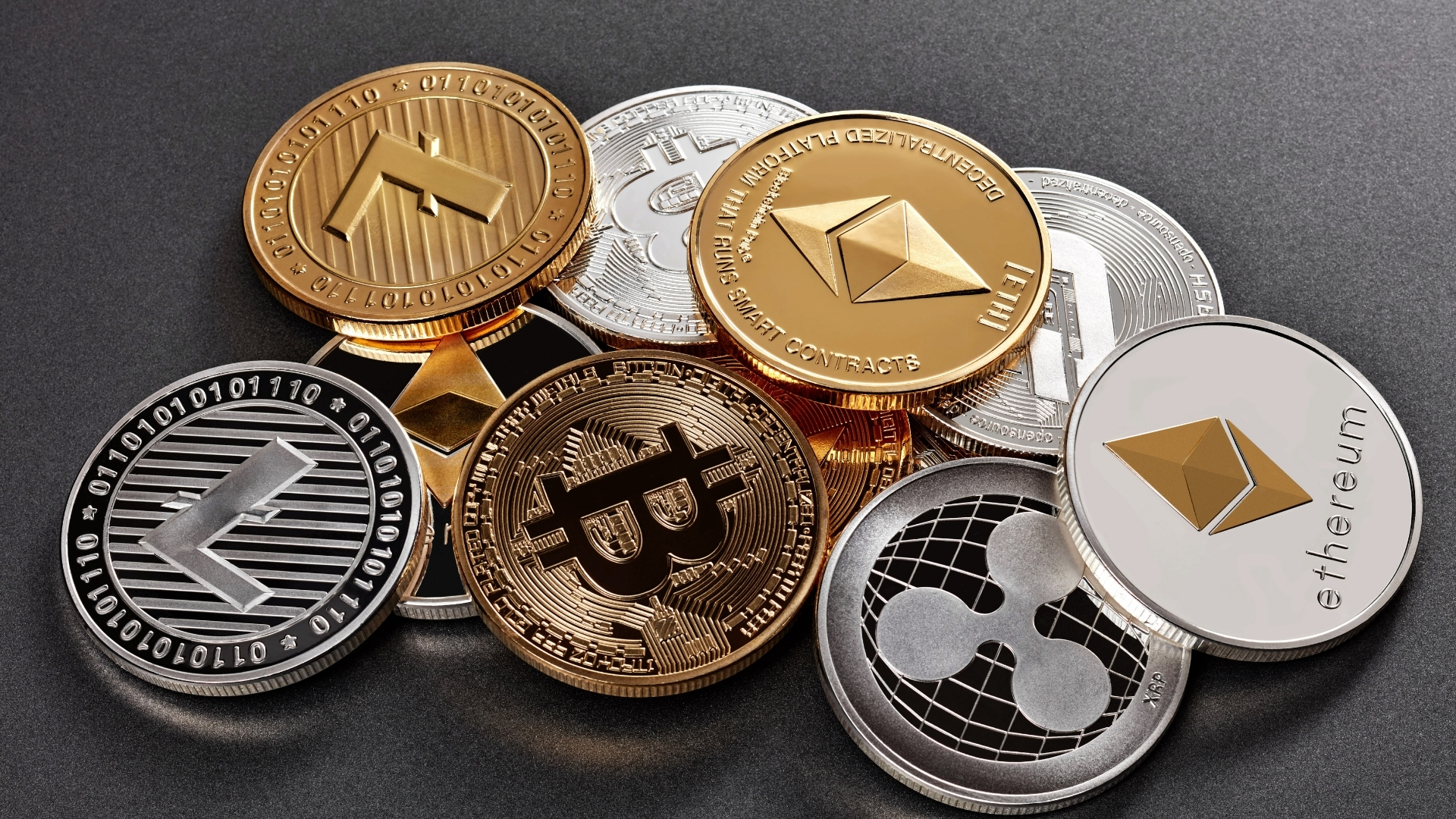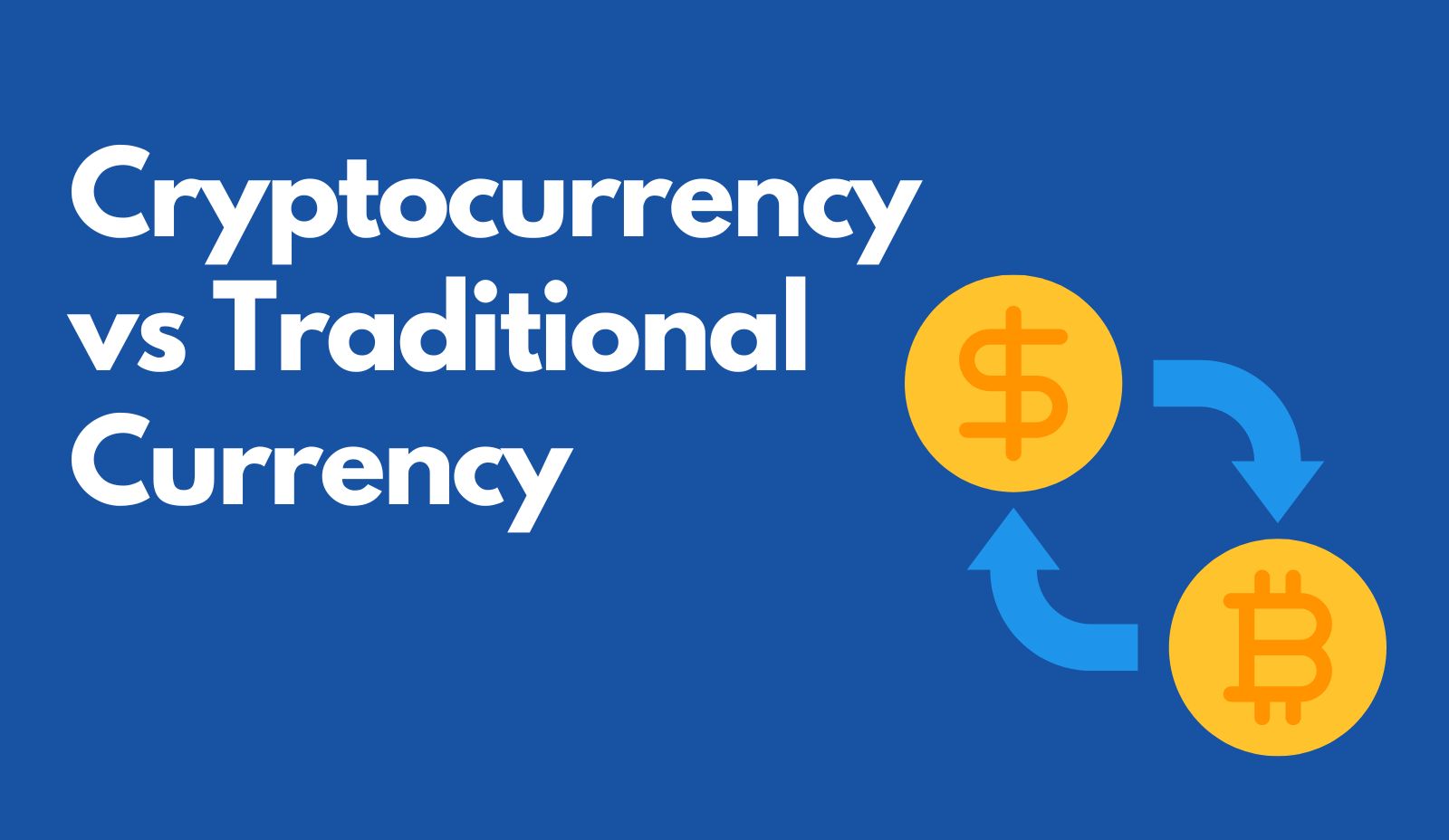What are the different types of Cryptocurrency?
Jump to section
Overview of Cryptocurrency Categories
The cryptocurrency market consists of tens of thousands of unique projects, each boasting its distinct functionalities and technologies. They enable peer-to-peer, decentralized transactions, providing an alternative to traditional financial systems. From currencies outside government control to metaverse tokens powering digital worlds and uniquely-themed memecoins fostering vibrant online communities, the crypto industry continues to evolve with new possibilities. Understanding these categories helps in making informed decisions in the Web3 space.
Coins and Altcoins
Coins: A coin is any cryptocurrency operating on its independent blockchain. Examples include Bitcoin and Ether, running on the Bitcoin and Ethereum blockchains, respectively.
Altcoins: Any coin other than Bitcoin is considered an altcoin. While many altcoins function similarly to Bitcoin, some like Dogecoin, have unique features, such as an unlimited supply of coins.
Tokens
Tokens: Unlike coins, tokens do not have their own blockchain and instead use another blockchain’s infrastructure. Examples include Tether, Chainlink, Uniswap, and Polygon, which are hosted on the Ethereum blockchain.
11 Popular Types of Cryptocurrency and How They Work
Bitcoin (BTC): The first cryptocurrency, Bitcoin, operates on its blockchain with transactions verified by decentralized miners. It has the largest market capitalization as of April 2024, at $1.31 trillion USD.
Bitcoin Cash (BCH): Created from a Bitcoin hard fork in 2017, Bitcoin Cash addresses Bitcoin’s scalability issues with larger block sizes for faster transactions and reduced fees.
Ether (ETH): The cryptocurrency of the Ethereum blockchain, Ether supports smart contracts and is uncapped, allowing infinite coin creation.
Binance Coin (BNB): Native to Binance, the largest cryptocurrency exchange, Binance Coin offers reduced transaction fees and is periodically burned to maintain its value.
Tether (USDT): A stablecoin linked to the US dollar, Tether aims to minimize price volatility, although its dollar backing is debated.
Solana (SOL): The native coin of the Solana platform, capable of processing up to 50,000 transactions per second, making it attractive for quick trading.
XRP (XRP): Running on the Ripple network, XRP facilitates international payments by acting as a bridge between different currencies for cheaper and faster global transfers.
Cardano (ADA): ADA is the native coin of the Cardano blockchain, which enhances transaction speeds and user experience by splitting its blockchain into two layers.
USD Coin (USDC): Another stablecoin linked to the US dollar, USD Coin emphasizes transparency and regular audits, reducing risks associated with crypto investments.
Aave (AAVE): A decentralized platform on a proof-of-stake blockchain, Aave allows users to borrow and lend cryptocurrencies using smart contracts and specializes in overcollateralized loans.
Avalanche (AVAX): The native coin of the Avalanche platform, AVAX is used for transaction fees and allows developers to create custom blockchains compatible with Ethereum’s programming language.
What to Consider Before Buying Cryptocurrency
With numerous types of cryptocurrencies available, it’s crucial to understand which coins or tokens are right for you. Whether you’re a seasoned investor or new to the crypto world, educating yourself is essential to reduce risks and make informed decisions.
Key Considerations:
- Research: Investigate different cryptocurrencies, their use cases, and the technology behind them.
- Volatility: Be aware of the high volatility in cryptocurrency prices.
- Security: Understand the security measures in place for storing and transacting with cryptocurrencies.
- Regulations: Stay informed about the regulatory environment for cryptocurrencies in your region.
Investing time in learning about cryptocurrencies can help you navigate this exciting and rapidly evolving financial landscape.
A Primer on Cryptocurrency
Bitcoin, the first decentralized and widely adopted cryptocurrency, laid the foundation for the crypto industry. Satoshi Nakamoto’s Bitcoin white paper envisioned a “peer-to-peer electronic cash system.” While many attempted to replicate Bitcoin’s success, other cryptocurrencies evolved to function as decentralized information-sharing systems. These systems offer greater accessibility, transparency, and efficiency, fundamentally altering our understanding of how society can function.
5 main types of Crypto:
1. Payment Cryptocurrencies
Payment cryptocurrencies: These offer a way to store and transact value using a distributed network. Examples include Bitcoin (BTC) and Bitcoin Cash (BCH). These assets focus on providing infrastructure for financial transactions.
Sectors in Payment Cryptocurrencies:
- Stores of Value: Assets like Bitcoin (BTC) and Litecoin (LTC) that may hold value over time.
- Memecoins: Cryptocurrencies like Dogecoin (DOGE) centered around viral internet memes.
- Stablecoins: Cryptocurrencies like Tether (USDT) and USD Coin (USDC) designed to mirror the price of fiat currencies.
- Privacy Coins: Cryptocurrencies like Monero (XMR) and Zcash (ZEC) designed to improve transaction anonymity.
2. Infrastructure Cryptocurrencies
Infrastructure cryptocurrencies: These tokens improve the underlying technology of other cryptocurrencies. Examples include Ether (ETH) and Solana (SOL).
Sectors in Infrastructure Cryptocurrencies:
- Application Development: Platforms like Ethereum (ETH) and Avalanche (AVAX) enabling decentralized applications.
- Scaling: Solutions like Optimism (OP) and Polygon (MATIC) increasing transaction capacity and reducing costs.
- Communication: Oracles like Chainlink (LINK) bringing real-world data to the blockchain.
3. Financial Cryptocurrencies
Financial cryptocurrencies: These offer tools for managing and exchanging assets within the crypto ecosystem. Examples include Uniswap (UNI) and Aave (AAVE).
Sectors in Financial Cryptocurrencies:
- Financial Markets: Decentralized exchanges like Uniswap (UNI).
- Asset Management: Platforms like Yearn Finance (YFI) optimizing holdings.
- Structured Products: Innovations like liquid staking and tokenized real-world assets.
4. Service Cryptocurrencies
Service cryptocurrencies: These provide tools for managing and sharing data using blockchain technology. Examples include Filecoin (FIL) and Helium (HNT).
Sectors in Service Cryptocurrencies:
- Decentralized Physical Infrastructure (DePIN): Networks like Helium (HNT) for decentralized services.
- File Storage: Platforms like Filecoin (FIL) for decentralized data storage.
- Digital Resource Markets: Markets like Akash (AKT) for decentralized computing power.
5. Media and Entertainment Cryptocurrencies
Media and entertainment cryptocurrencies: These reward users for creating and interacting with content. Examples include Basic Attention Token (BAT) and Decentraland (MANA).
Sectors in Media and Entertainment Cryptocurrencies:
- Non-Fungible Tokens (NFTs): Digital ownership tokens like Apecoin (APE).
- Metaverse: Virtual worlds powered by tokens like Decentraland (MANA).
- Play-to-Earn Gaming: Games like Axie Infinity where players earn cryptocurrency.
Understanding the different types of cryptocurrencies and their unique functionalities can help you navigate the dynamic world of crypto with confidence.







